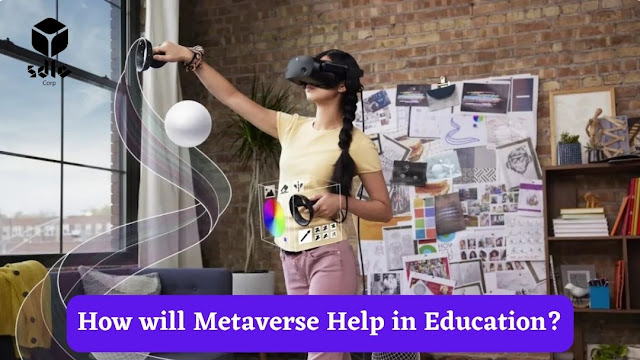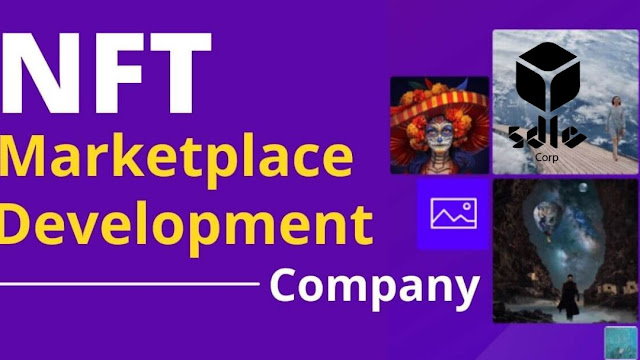How Blockchain Technology Works Step by Step?
Sure, I'd be happy to explain how blockchain technology works step by step.
Step 1: A transaction is initiated When someone initiates a transaction in a blockchain network, it is broadcasted to all the nodes in the network. This transaction could be anything, such as sending cryptocurrency, storing data, or executing a smart contract.
Step 2: Verification The nodes on the blockchain network verify the transaction to ensure it is valid. Verification is done by checking the transaction's digital signature and verifying that the sender has sufficient funds to complete the transaction.
Step 3: Adding the transaction to a block. Once a transaction has been verified, it is added to a block. Each block contains a set of transactions verified and confirmed by the network.
Step 4: Hashing Before the block can be added to the blockchain, it is hashed. A hash function converts the data in the block into a unique code. This code is used to identify the block and ensure its integrity.
Step 5: Adding the block to the blockchain. Once the block has been hashed, it is added to the blockchain. The block is connected to the one before it, forming a "blockchain" or series of blocks. This makes altering the data in any block difficult without affecting the entire chain.
Step 6: Consensus For the blockchain to work properly, all nodes on the network must agree on the state of the blockchain. This is known as consensus. To ensure that all nodes concur on the blockchain's current state, various blockchain networks employ consensus algorithms, such as Proof-of-Work (PoW) or Proof-of-Stake (PoS).
Step 7: Block rewards. Many blockchain networks (Blockchain Development Services) offer block rewards to incentivize nodes to participate in the network and help maintain the blockchain. Block rewards are given to nodes that successfully add a new block to the blockchain. For example, in cryptocurrency networks, the block rewards are usually in the form of new coins.
Step 8:
Continued growth As more blocks are added to the blockchain.
The network becomes more secure.
The data becomes more challenging to manipulate.
This makes blockchain a popular technology for applications that require transparency, security, and decentralization.
I hope this helps! If you have any more inquiries, please let me know.
Reference URL: https://sdlc-corp.jimdosite.com/




Comments
Post a Comment